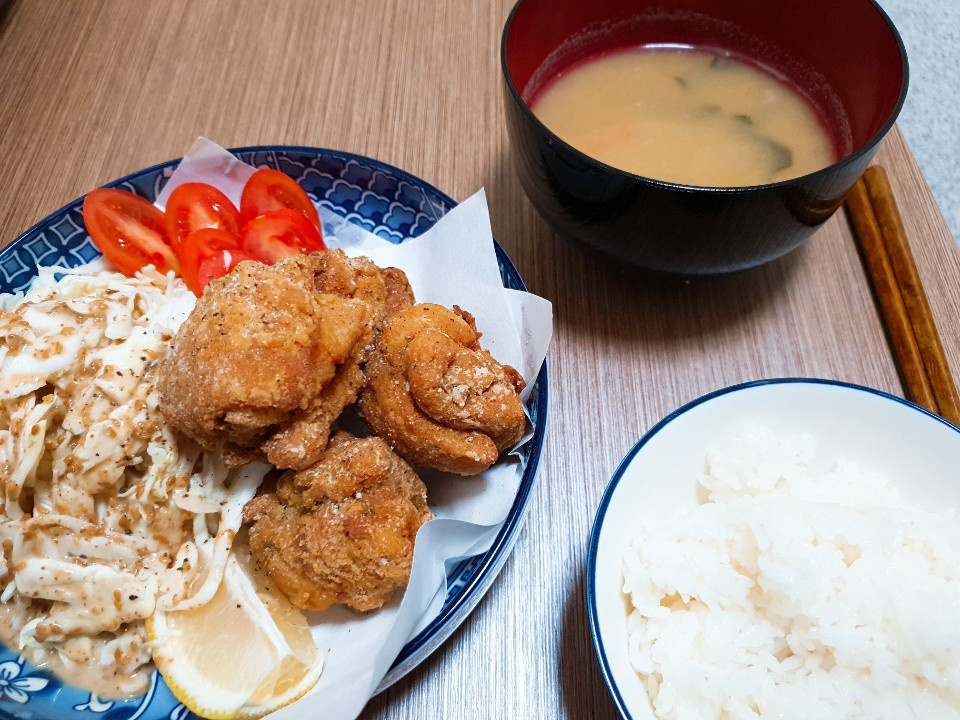
Japanese home-made food, karaage (fried chicken)
I'd like to tell you Japanese fried chicken. A lot of people think of Karaage as just boneless chicken. If boneless chicken is made with salt (salted chicken) and eaten with sauce, you can think of it as a karaage with sauce (various seasoning) in the batter. There are so many karaage recipes on the Internet, and the shape is pretty, and I'll tell you how to use all the meat perfectly.
I've traveled around the Japanese archipelago for the ultimate Karaage.
Even if I can't tell you 100%, I'll introduce you to a recipe that won't be in Korea.
It is a recipe that is fried at Izakayana and Karaage restaurants in Japan. ()
2 serving
Within 15 minutes

일본인의남편
- Ingredients
-
-
Chicken meat2piece
-
Flour1ratio
-
potato starch4ratio
-
Ginger1ts
-
Salt
-
ground peppersuitably
-
Paprika Powdersuitably
-
White peppersuitably
-
Soy sauce1/2spoon
-
a beautiful forest1/2spoon
-
- Cooking Steps
-
STEP 1/8It's the preparation of the ingredients. First, you have to salt the chicken, but if it's salted, you can skip it. I bought whole chicken, took apart the part with a knife and fried it, so it wasn't salted, so I marinated the salt in the chicken beforehand and left it for more than an hour. The amount of salt is personal taste, but when it is served in the store, it is seasoned with salt about 1/100 of the amount of the ingredients. (It's not seasoned, it's seasoned!) If you want to salt a large amount of chicken, I recommend putting it in cold salt water. Salinity is 1.5% to 2%, so I recommend about an hour and a half.
If you look closely at the chicken leg meat, you can see that the domestic chicken is divided into two parts and the Brazilian chicken is divided into three parts. Follow the line and cut it back in half. I'd like to make a pretty big Karaage. STEP 2/8Add all the prepared seasoning seasonings.
STEP 2/8Add all the prepared seasoning seasonings.
Please add the ground ginger, and I have parsley at home, so I chopped it a little and put it in. It's your preference to use herbs. Add the egg yolk and mix it a lot. You may add a little ground garlic. (I like ginger more than garlic when it comes to unification food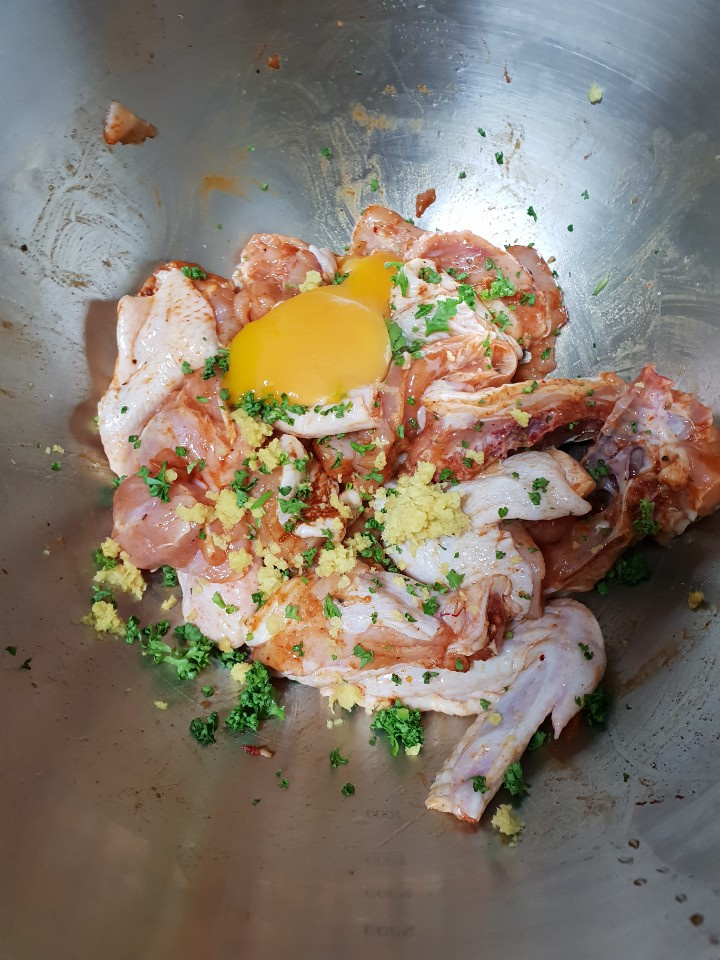 STEP 3/8Did you put a small spoon of starch powder in the chicken and add starch again? Mix until you feel like it. The reason why you add eggs after mixing them is to increase the moisturizing power of the eggs you put in to increase the moisturizing power. That is, to double the seasoning and the gravy. It's okay to put it to sleep after setting it up to step 3. (Make it up to here in advance, and fry it when a customer comes.)
STEP 3/8Did you put a small spoon of starch powder in the chicken and add starch again? Mix until you feel like it. The reason why you add eggs after mixing them is to increase the moisturizing power of the eggs you put in to increase the moisturizing power. That is, to double the seasoning and the gravy. It's okay to put it to sleep after setting it up to step 3. (Make it up to here in advance, and fry it when a customer comes.) STEP 4/8I prepared 100g of starch flour mixed in 4:1.
STEP 4/8I prepared 100g of starch flour mixed in 4:1.
It's 80g starch and 20g flour. Combine the pepper or chicken stock with a small spoon in the Karaage Powder.
The ratio of starch to flour is taste. Starch 3: Some people make flour 1,,
If you add Karaegaruna, chicken stock, etc. to the Karaage powder, you can make it more flavorful, and as you chew, you can make the skin and insides variously delicious.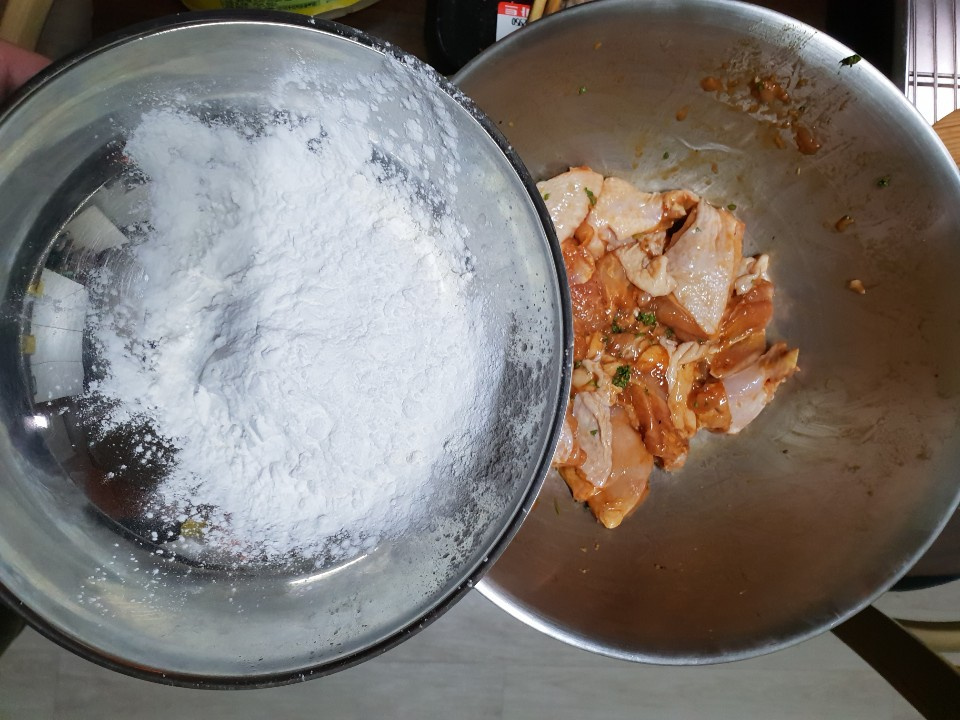 STEP 5/8x 100
STEP 5/8x 100
For those of you who are making my karaage at home, this is the most difficult part, and it's very difficult for me to explain. You followed me well. If you look at the picture, the chicken is round, right? It's chicken breast, or something that's too small to fry, so I put them inside that I was going to throw away. First, spread the chicken legs wide. And put the meat inside Like wrapping a dumpling The chicken skin is the outside.
And if you're really going to eat a delicious, authentic, more deliciously made karaage than the Japanese, put the lid on the karaage and fry it a day later. Moisture evaporates to make it crispy and delicious.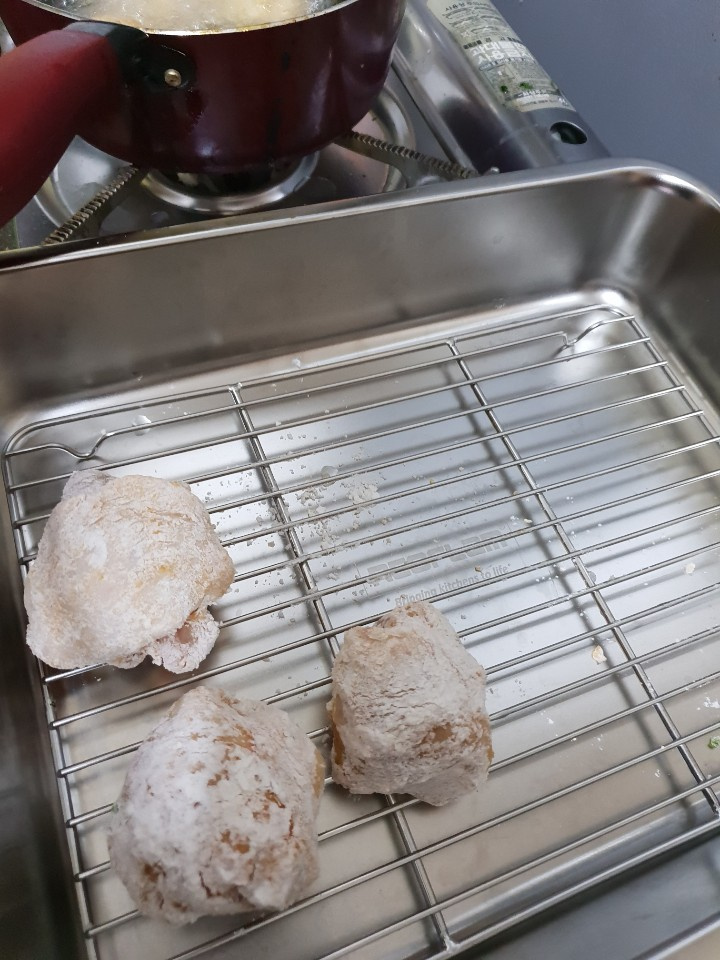 STEP 6/8It's so hard to explain by writing, so I'm attaching my hand...If you look at it, it's "ok", right? If you push the meat into the circle with the shell facing out, it will form like a dumpling.
STEP 6/8It's so hard to explain by writing, so I'm attaching my hand...If you look at it, it's "ok", right? If you push the meat into the circle with the shell facing out, it will form like a dumpling.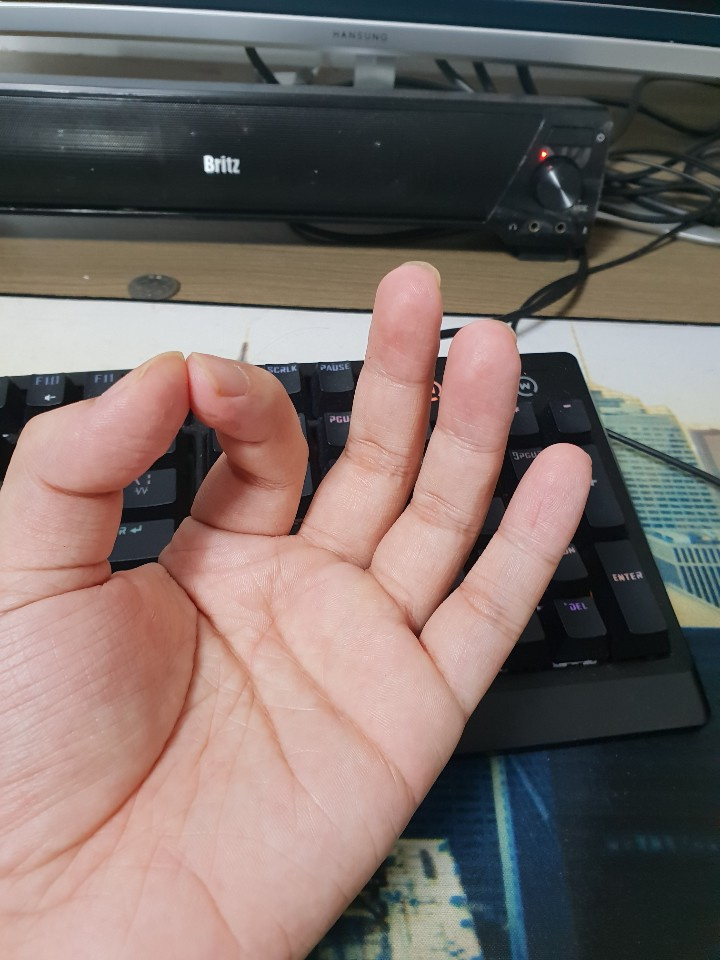 STEP 7/8Add nidoage to the oil. It's fried twice. I don't use a thermometer for frying, I just fry it in persimmon and frying color, so I don't know the exact temperature, but I fry it at low temperature for 3 minutes, let it rest at room temperature for 2 minutes, and then fry it for 1 minute and 30 seconds. The thicker the meat, the more time you need to fry it. It does not burn the outside, and it is to heat the inside of thick meat with residual heat. Tebasaki, or (chicken wing) bone parts were fried for 4 minutes, left for 3 minutes, and fried at 2 minutes high temperature.
STEP 7/8Add nidoage to the oil. It's fried twice. I don't use a thermometer for frying, I just fry it in persimmon and frying color, so I don't know the exact temperature, but I fry it at low temperature for 3 minutes, let it rest at room temperature for 2 minutes, and then fry it for 1 minute and 30 seconds. The thicker the meat, the more time you need to fry it. It does not burn the outside, and it is to heat the inside of thick meat with residual heat. Tebasaki, or (chicken wing) bone parts were fried for 4 minutes, left for 3 minutes, and fried at 2 minutes high temperature.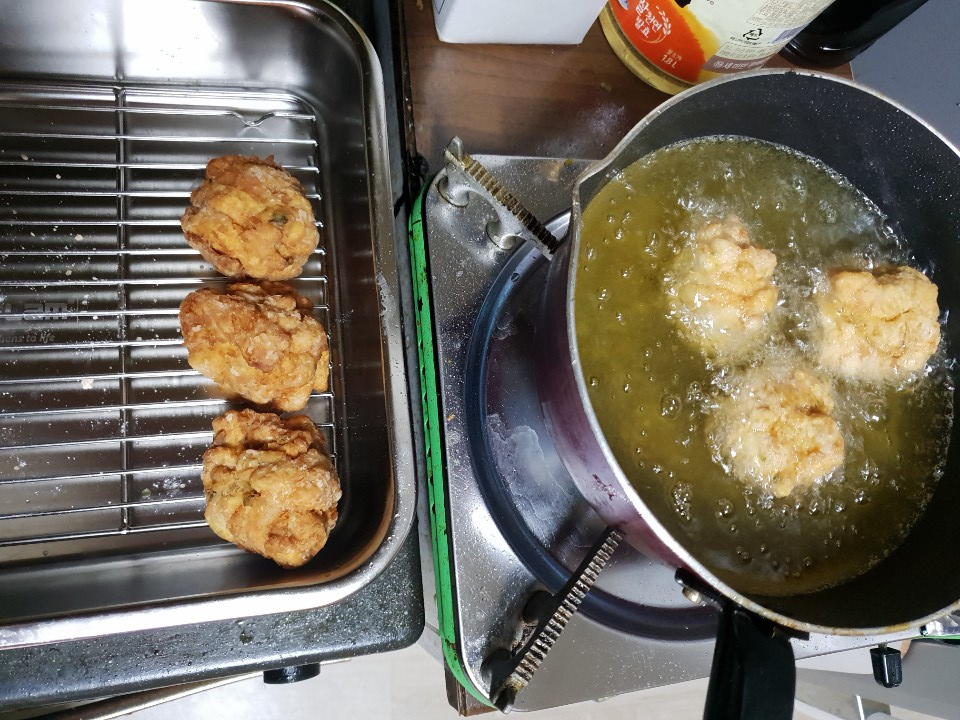 STEP 8/8If you want to eat it officially, with rice, miso soup, and salad
STEP 8/8If you want to eat it officially, with rice, miso soup, and salad You have to roll it often while frying so that it cooks evenly and all the meat spits out the gravy. In the end, you have to blow off a lot of moisture to make crispy fries. You have to cool it by frying it first and putting it on a bat or something. And it's also said that you can eat it more crispy by tapping the curry with a spoon, breaking it slightly, and then frying it for the second time. It gets soggy when cooled on a kitchen towel! I'll never show you. There is also a place where you quickly cool it with a fan when it's hot and then fry it again. I would appreciate it if you could understand the difference between Korean boneless chicken and karaage. If you liked the information, please leave a comment!
You have to roll it often while frying so that it cooks evenly and all the meat spits out the gravy. In the end, you have to blow off a lot of moisture to make crispy fries. You have to cool it by frying it first and putting it on a bat or something. And it's also said that you can eat it more crispy by tapping the curry with a spoon, breaking it slightly, and then frying it for the second time. It gets soggy when cooled on a kitchen towel! I'll never show you. There is also a place where you quickly cool it with a fan when it's hot and then fry it again. I would appreciate it if you could understand the difference between Korean boneless chicken and karaage. If you liked the information, please leave a comment!
- Cooking review
-
5.00score
-
 dre******scoreIt's really delicious!!!!!2021-01-24 08:39
dre******scoreIt's really delicious!!!!!2021-01-24 08:39
-
- Japchae Recommended recipe
-
-
1
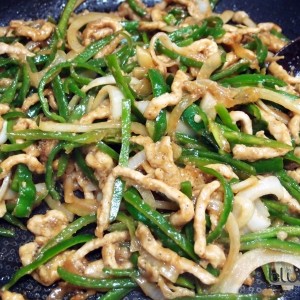 Chef Lee Yeonbok makes chili japchae4.88(16)
Chef Lee Yeonbok makes chili japchae4.88(16) -
2
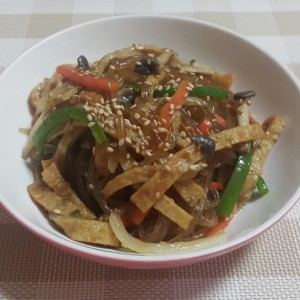 Making fish cake japchae with ingredients in the fridge4.86(77)
Making fish cake japchae with ingredients in the fridge4.86(77) -
3
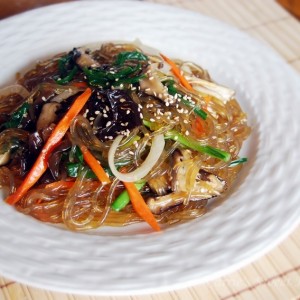 a vegetarian 'japchae' without meat; a recipe for non-soggy4.90(129)
a vegetarian 'japchae' without meat; a recipe for non-soggy4.90(129) -
4
 One pan japchae that doesn't stir-fry the ingredients separately5.00(17)
One pan japchae that doesn't stir-fry the ingredients separately5.00(17)
-
- chicken Recommended recipe
-
-
1
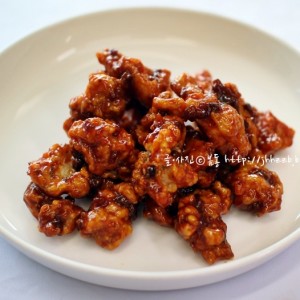 Seasoned chicken. Making seasoned chicken sauce4.67(6)
Seasoned chicken. Making seasoned chicken sauce4.67(6) -
2
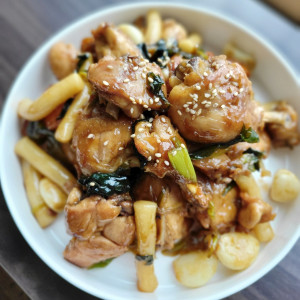 Ryu Soo-young Galbi Chicken Pyeon-storang 25 minutes Complete Eo5.00(9)
Ryu Soo-young Galbi Chicken Pyeon-storang 25 minutes Complete Eo5.00(9) -
3
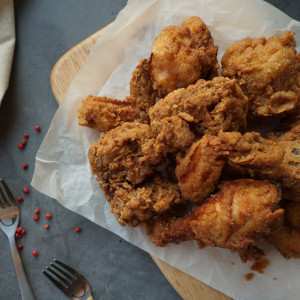 [Crispy fried chicken] You can make homemade fried chicken at ho4.50(6)
[Crispy fried chicken] You can make homemade fried chicken at ho4.50(6) -
4
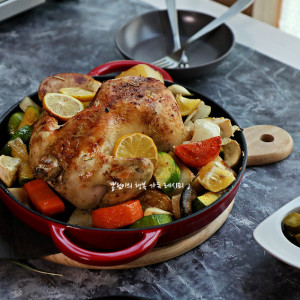 How to make roast chicken with crispy outside and moist inside.4.86(7)
How to make roast chicken with crispy outside and moist inside.4.86(7)
-